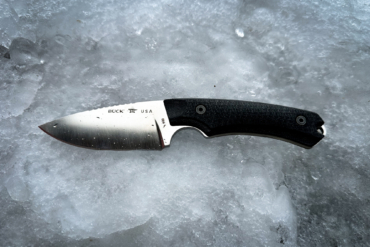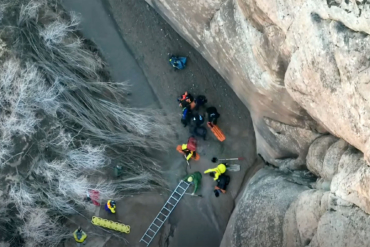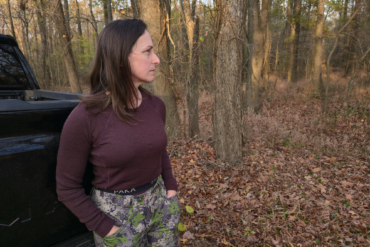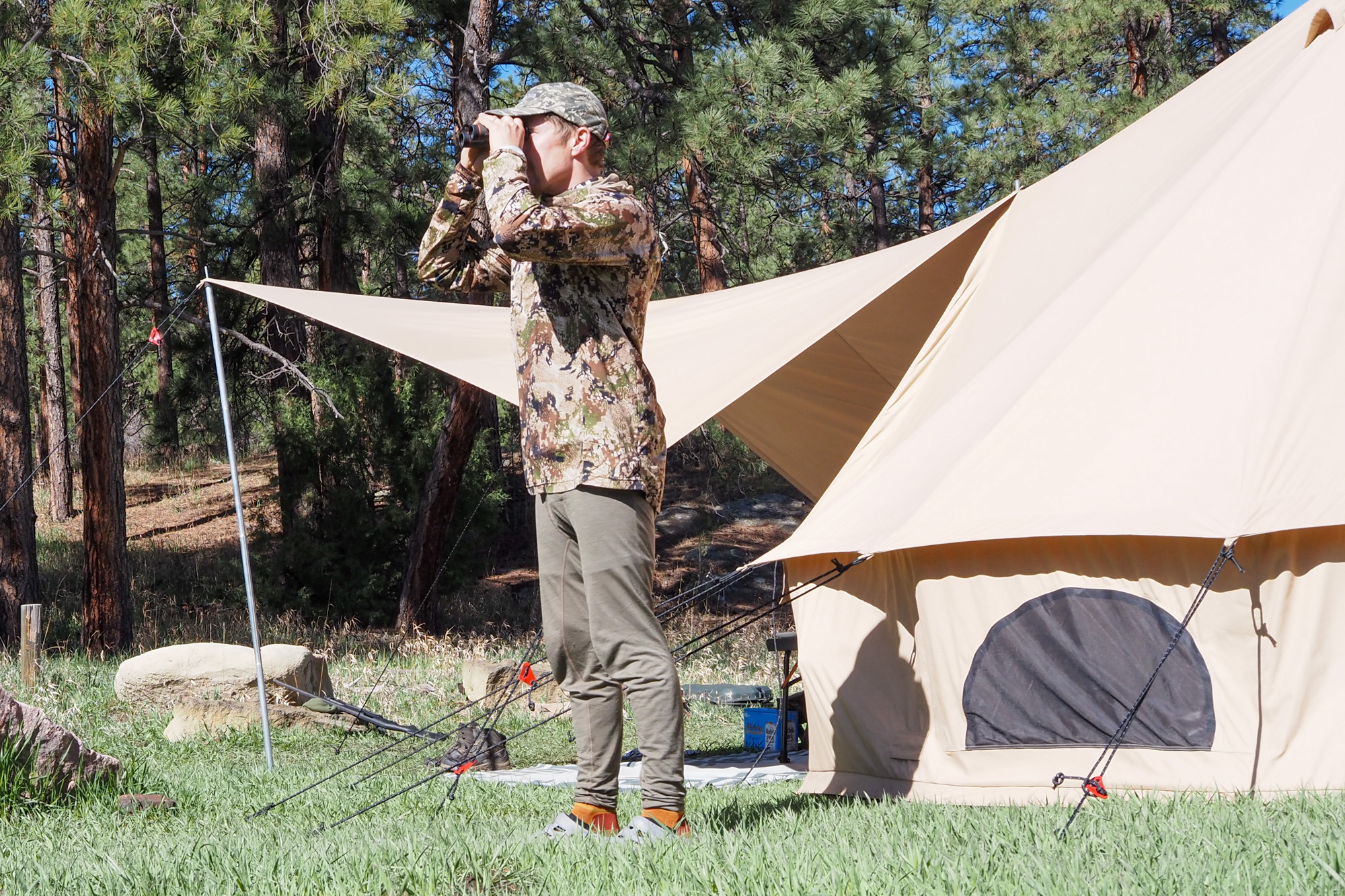The American Kennel Club’s most popular dog is also the top sporting breed in the country. Here’s what to know about labrador retrievers if you’re considering adding one to your family.
You’d be hardpressed to find someone in the U.S. who can’t identify a labrador retriever on sight. Labs inhabit every nook and cranny of the country, with their happy-go-lucky nature, athletic ability, and loving disposition as a family dog.
For hunters, the family-friendliness and “work hard, play hard” attitude of a lab makes her an ideal sporting pup. A natural retriever, she can be trained to hunt upland birds and do it with panache. But she shines in the duck blind.
Her thick double coat and medium-to-large build make her the perfect dog for cold, wet hunts. Additionally, her webbed paws, muscular body, and rudder tail make her one of the most powerful swimmers of the water dog breeds.
Here’s how to choose one of the most fabulous hunting dogs on the planet as your next field partner.
Choosing a Labrador Retriever Breeder for Sport

Under the umbrella of labrador retrievers are two distinct sporting lines: the American labrador and the British labrador. Labs labeled as “American” or “British” are typically from specially bred hunting lines. The main difference is how the lines are bred for field trials, the specifications of which vary by country.
In short, American trials focus on performance under pressure whereas British trials focus on dogs with ideal manners and a definitive ability to remain calm and quiet in the field. The American line tends to breed a more high-octane, endurance-focused, performance machine for the intense level of performance expected in American field trials.
If you’re looking for an intense, high-energy pup designed to dominate the field, American labs are a fabulous pick. They’re great dogs to hunt, trial, and guide with day in and day out. If you want a bird dog that can turn it on in the field and off in the house, a British lab might be a better bet.
It’s important to distinguish between labrador lines bred as pets, support animals, working dogs, or show dogs. There’s even a separate line of show-bred English labradors that aren’t hunt-specific. To resolve a lot of issues up front, it’s best to ask breeders what they breed their labs for.
Expect to pay a premium for a quality hunting-bred puppy. Anywhere from $800 to $2,000 or more isn’t unheard of. You’re paying for quality, healthy bloodlines. And the cost also includes reimbursing the breeder for expenses related to the pup.
The breeder should get each pup tested for health problems, including elbow and hip dysplasia, heart issues, exercise-induced collapse syndrome, and progressive retinal atrophy. Furthermore, good breeders always provide immunizations and vet check information.
What to Expect From Your Labrador

Labrador retrievers are a medium-to-large breed. Males typically weigh 65-80 pounds, and females weigh in at 55-70 pounds. The parents’ sizes often give a good heads-up on how big your pup will be as an adult. Some labs can easily weigh close to a healthy 100 pounds at maturity, so ask before you buy.
Labs come in a variety of colors, including white, yellow, chocolate, red, silver, and black. Although color can be a nice attribute, it’s important to focus on quality hunting traits and health over color when choosing your pup.
Expect your labrador to be your constant companion for 10-12 years. The first few years of a labrador’s life tend to be her most intense and active period. Labs are known chewers, and they need daily exercise to occupy mind and body. Further, they can be unruly, hyperactive, and destructive if not given appropriate boundaries and exercise.
But they’re also easy for DIY hunters to train and they respond extremely well to food-motivated training efforts. A lab hits her prime at 4-6 years old. But, with proper training, she can easily head out into the field in her first year of life and perform with aplomb.
Labs shine at retrieving games, dock diving, hitting trails for miles, and much more. Keep her active, and you’ll all be happier (and fitter!) for it.
Labs are incredibly outgoing and social dogs, and it’s important to foster this socialization between her first 7 weeks and 4 months of life. Puppy training classes and exposing the pup to a wide variety of situations early on can help her become a confident and kind partner in the field and at home.
Final Thoughts
Once folks have a labrador, it often becomes a breed of a lifetime for them. It’s hard not to love an animal that gives affection to everyone so easily and with so much exuberance.
The biggest plus side of a labrador for hunters who’d like to train their own dog is their ability to be both forgiving and hardworking. More sensitive hunting breeds like setters and spaniels tend to take a gentler hand. And pointers are often too high-energy for many homes.
Labs create a great balance for home and hunt lifestyles. And like a fine wine, they just get better with age. If a labrador retriever is the right dog for you, you’re in for a fun, goofy, and loving adventure with the newest addition to your hunting family.







